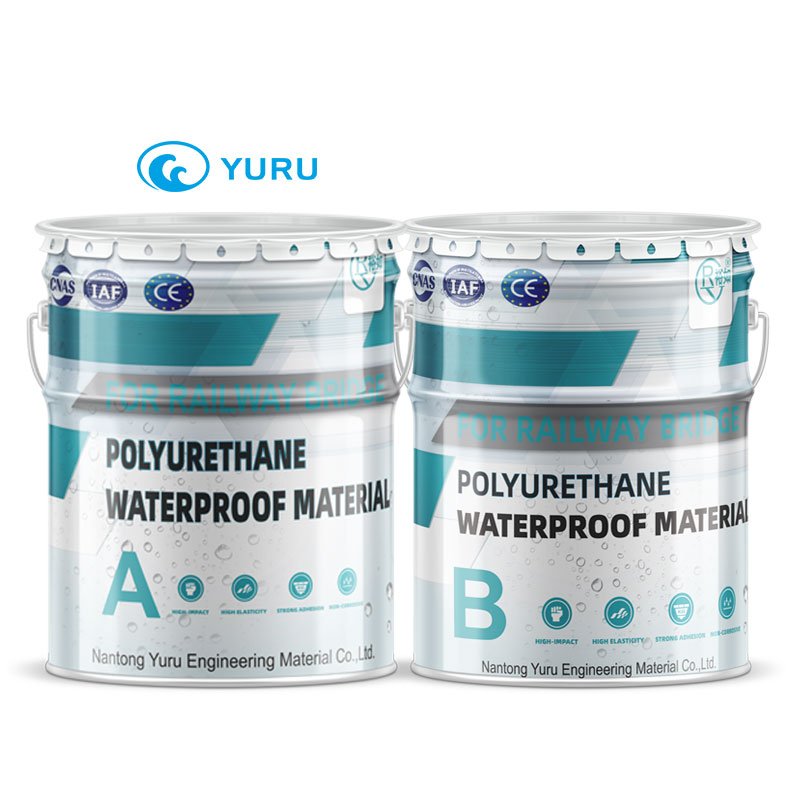How to Choose the Best Roof Waterproofing Paint?
How to Choose the Best Roof Waterproofing Paint?
Selecting the right roof waterproofing paint is crucial for ensuring long-term durability, preventing leaks, and reducing maintenance costs.
This guide will help you understand the key factors to consider when choosing waterproofing paint, the different types available, common issues in roofing projects, and the best application techniques.
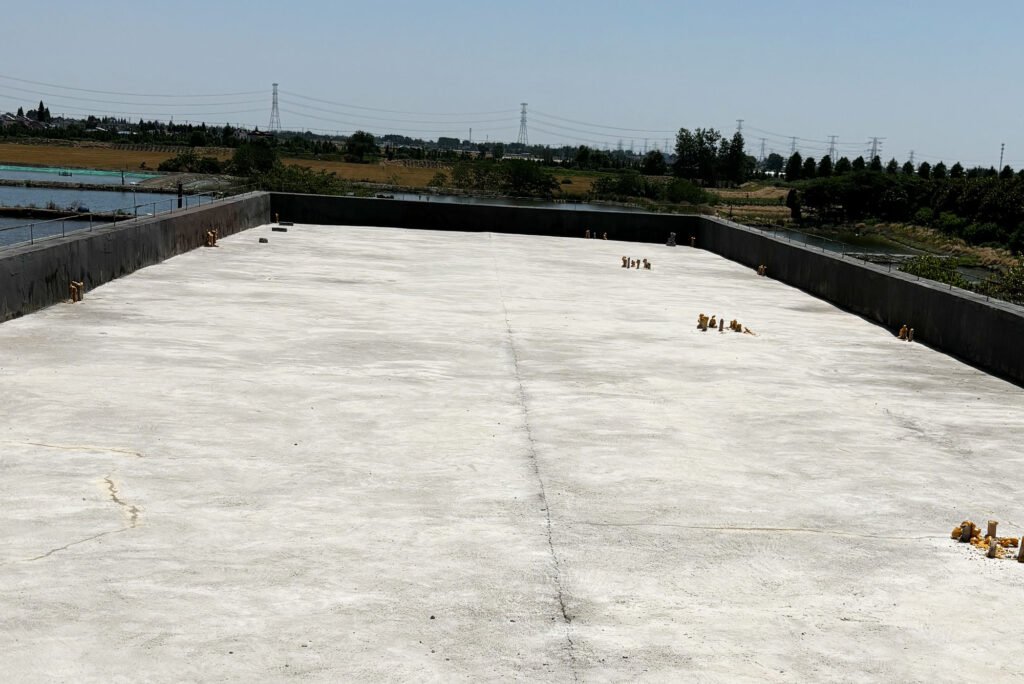
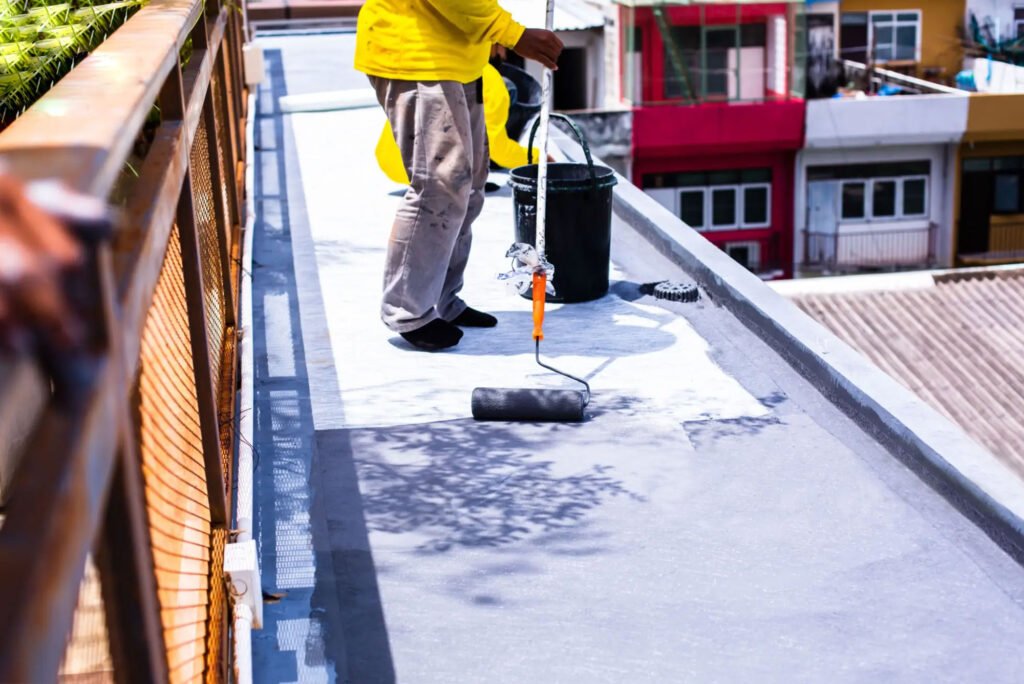
Key Factors to Consider When Choosing Roof Waterproofing Paint
When selecting roof waterproofing paint, several critical factors determine its effectiveness and longevity:
- Waterproofing Performance – Can the paint create a seamless protective barrier against water infiltration?
- Weather Resistance – Does it withstand UV rays, acid rain, and extreme temperature fluctuations?
- Surface Compatibility – Different roofing materials (concrete, metal, asphalt, etc.) require specific adhesion properties.
- Ease of Application – Can it be applied on wet surfaces? Is the application process straightforward?
- Environmental & Safety Standards – Is it environmentally friendly with low VOC emissions?
Types of Roof Waterproofing Paint and Their Pros & Cons
Different waterproofing paints are suited for various roofing conditions. Below is a comparison of the main types:
| Type of Waterproofing Paint | Pros | Cons | Best Applications |
| Polyurethane Waterproofing Paint | High elasticity, strong weather resistance | Higher cost | Suitable for concrete and metal roofs |
| Acrylic Waterproofing Paint | Easy to apply, eco-friendly | Lower abrasion resistance | Ideal for waterproofing needs |
| Penetrating Waterproofing Paint | Deep penetration, improves structural waterproofing | Only works on absorbent surfaces | Best for concrete roofs and basements |
| Epoxy Waterproofing Paint | Excellent chemical resistance, strong adhesion | Less flexibility | Best for industrial buildings and wastewater treatment plants |


Common Roofing Issues and Solutions
Waterproofing projects often encounter challenges that can compromise the final result. Here are some common issues and how to address them:
Issue 1: Poor adhesion, causing peeling
→ Solution: Ensure the surface is clean and dry before application; use a primer if necessary.
Issue 2: Cracking in the waterproof layer
→ Solution: Choose a highly elastic paint like polyurethane to accommodate temperature-induced expansion and contraction.
Issue 3: Water pooling leads to coating failure
→ Solution: Improve the roof drainage system to prevent standing water accumulation.
Issue 4: Insufficient coating thickness, reducing waterproofing efficiency
→ Solution: Apply at least three coats of paint, ensuring the recommended thickness is achieved.
Issue 5: Rapid aging and deterioration of waterproofing layer
→ Solution: Opt for weather-resistant waterproofing paints and conduct periodic maintenance.
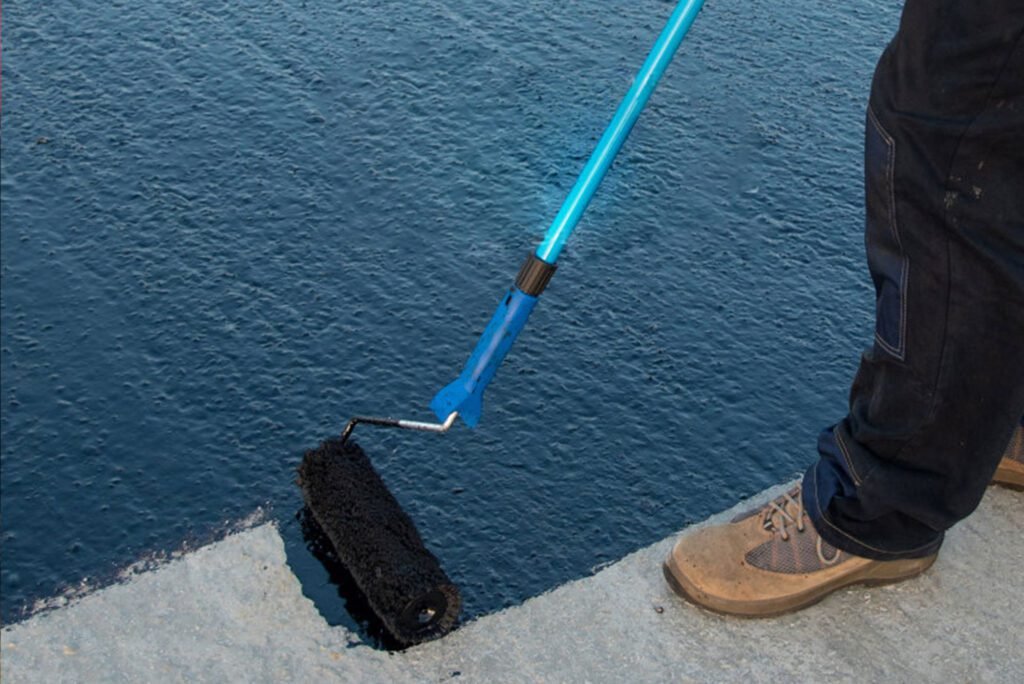

Proper Application Steps for Roof Waterproofing Paint
Proper application is essential for maximizing the performance of roof waterproofing paint. Follow these standard steps for effective application:
1. Surface Preparation
Clean the roof thoroughly, removing dust, grease, and debris. Repair cracks if necessary.
2. Primer Application (If Required)
Apply a primer to enhance adhesion and improve the bonding between the surface and waterproofing layer.
3. First Coat Application
Apply an even layer of waterproofing paint using a roller, brush, or sprayer.
4. Second Coat Application
After the first coat has dried, apply a second coat to ensure adequate thickness and coverage. Repeat this process for the third coat of waterproofing.
5. Reinforcement Treatment
Pay extra attention to cracks, drainage areas, and joints by applying additional layers of paint.
6. Curing & Inspection
Allow the coating to fully dry before testing for leaks or exposure to harsh weather.
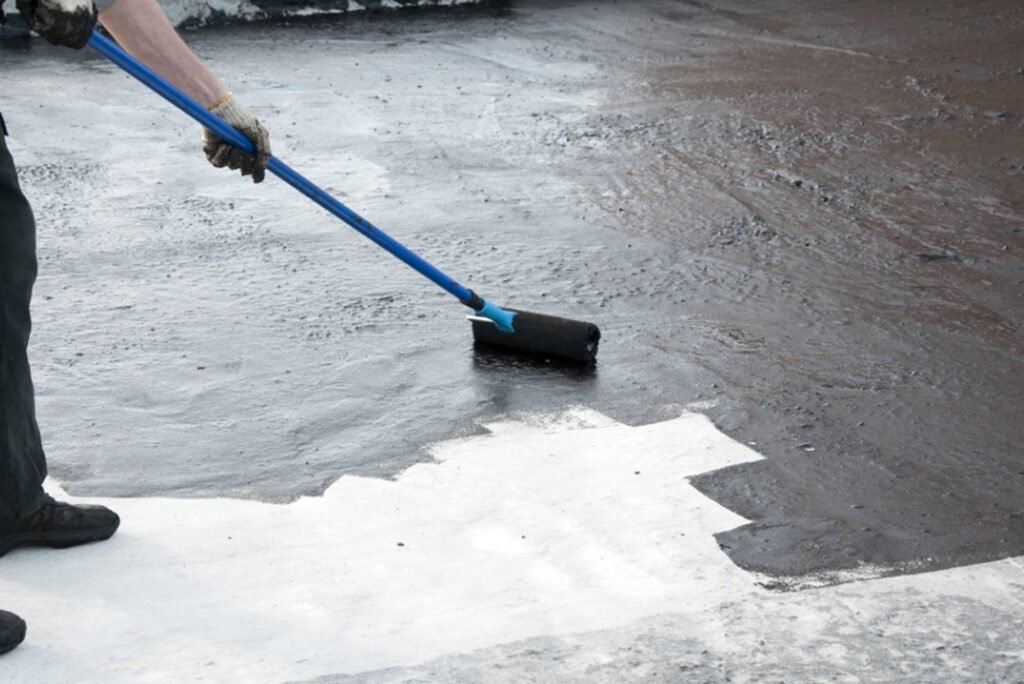

Case Studies: YURU Waterproof Roof Waterproofing Paint in Real Projects
YURU Waterproof offers high-quality roof waterproofing solutions used across various construction projects. Here are a few successful applications:
Commercial Building Roof Waterproofing
Used polyurethane waterproofing paint, ensuring leak-free protection for over 15 years.
Residential Roof Protection
Applied acrylic waterproofing paint, offering fast and eco-friendly application with strong waterproofing performance.
Industrial Facility Roofing
Chose epoxy waterproofing paint, effectively resisting chemical exposure and enhancing longevity.
Sports Complex Metal Roof Waterproofing
Utilized high-elasticity waterproofing paint, preventing cracks caused by thermal expansion and contraction.
Conclusion
Choosing the best roof waterproofing paint is essential for enhancing a building’s durability, preventing leaks, and reducing maintenance costs. Consider key factors such as weather resistance, waterproofing efficiency, surface compatibility, and ease of application when selecting the right product.
If you’re looking for high-performance waterproofing solutions, YURU Waterproof provides premium waterproofing paints and expert guidance to help you achieve a long-lasting, leak-proof roof.
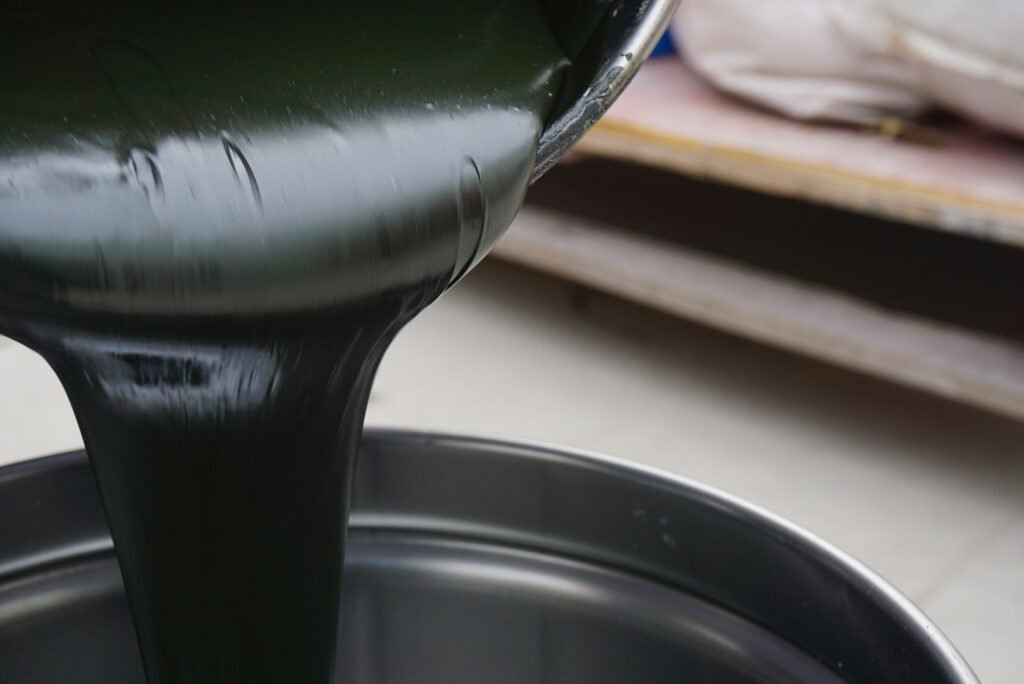
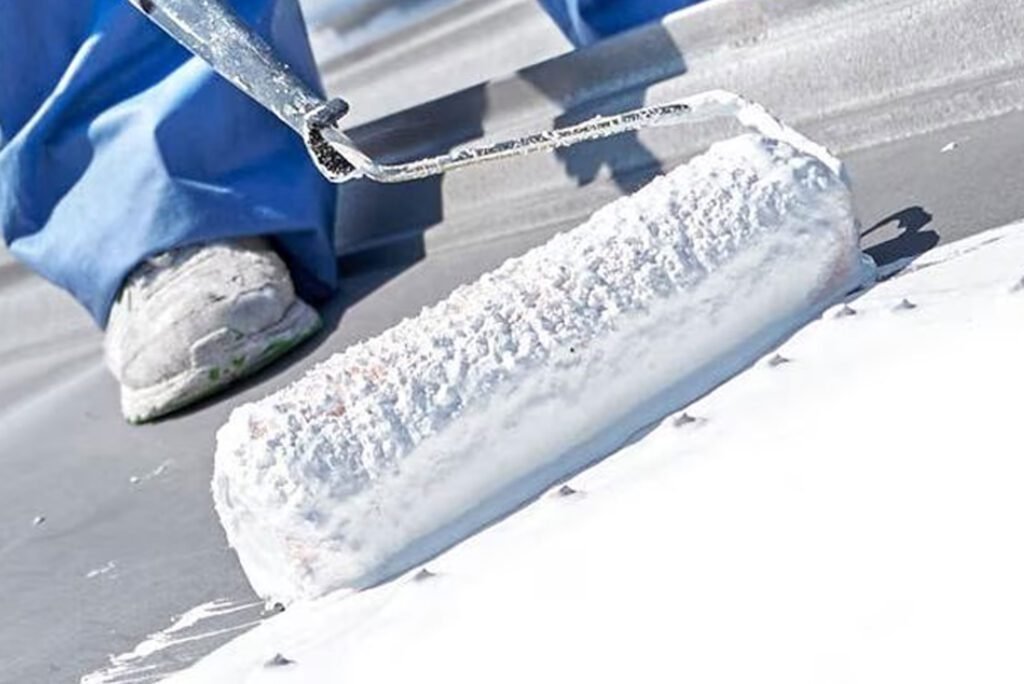
YURU Product solutions
Waterproof Coating
- One-component oil-based polyurethane waterproof coating
- One-component water-based polyurethane waterproof coating
- Two-component polyurethane waterproof coating
- Two-component 6.0Mpa polyurethane waterproof coating
- Transparent Waterproof Glue
- Nano Invisible Waterproof Agent
- Silicone Waterproof Coating
- Acrylic Waterproof Coating For Metal Roof
- JS Polymer Waterproof Coating
- High Elastic Liquid Rubber Waterproof Coating
- Cement-based Penetrating Crystallization Waterproof Coating


